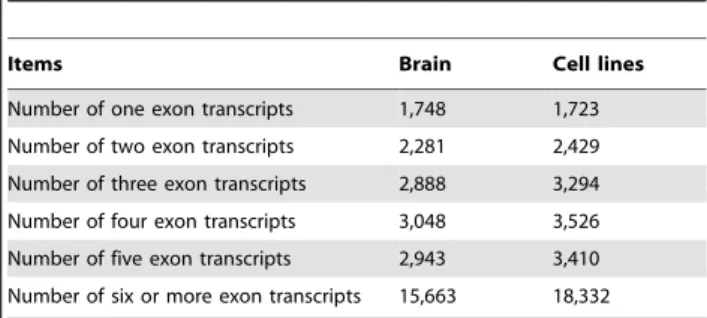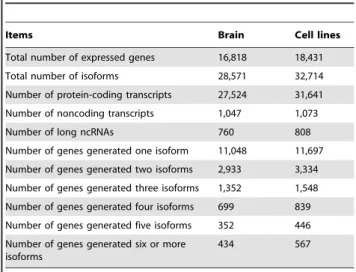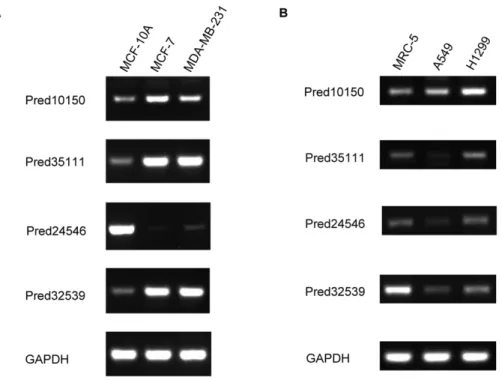Comparative analysis of human protein-coding and noncoding RNAs between brain and 10 mixed cell lines by RNA-Seq.
Texto
Imagem



Documentos relacionados
regarding the topics of an association between periodontal disease and high levels of C-reactive protein and the use of periodontal therapy for reducing the levels of this
The probability of attending school four our group of interest in this region increased by 6.5 percentage points after the expansion of the Bolsa Família program in 2007 and
The expression of (A) known long protein-coding (long NM_ RefSeq genes) and (B) known lncRNA genes (long NR_ RefSeq genes) and (C) putative embryonic brain lncRNAs over ES cell
Along the study period, an overall weekly maintenance of HR indices, or a decrease, namely in weeks 1–2, was manifest, in the MCT group, except for LF and LF/HF, in week 1, denoting
The HF plots consistently had the smallest proportion of soil cover by understory vegetation, with statistically significant differences between treatments in most years, except the
We tested the enhancer activity of 31 protein-coding exons, which we chose based on strong sequence conservation between zebrafish and human, and occurrence in developmental
The structure of the remelting zone of the steel C90 steel be- fore conventional tempering consitute cells, dendritic cells, sur- rounded with the cementite, inside of
mRNA and protein levels remain constant throughout the differentiation program in MC3T3-E1 cells, we found that in this human osteoblast cell line, the expression of TG2 protein